
What You Want to Ask Is: What Caused the Dementia?
Alzheimer’s is the most common type of dementia, but it is just one cause. In this short Q & A, watch Stanford Neurologist Dr. Kerchner explain the importance of getting an accurate diagnosis.

Alzheimer’s is the most common type of dementia, but it is just one cause. In this short Q & A, watch Stanford Neurologist Dr. Kerchner explain the importance of getting an accurate diagnosis.
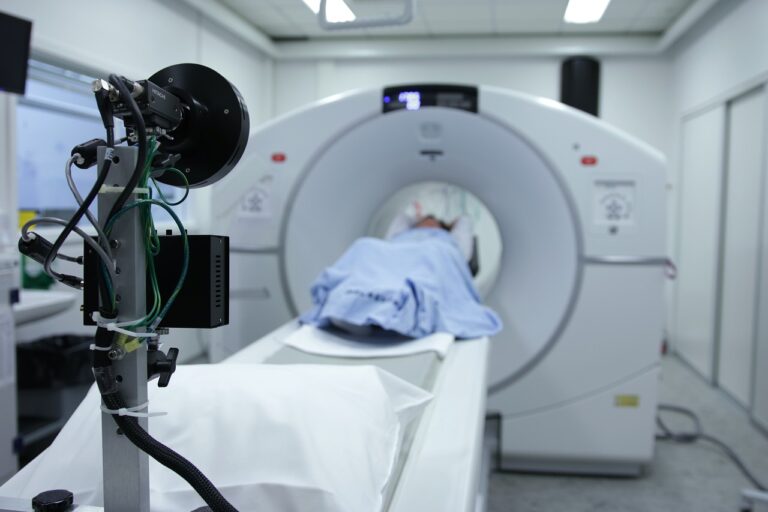
A large study led by Lund University in Sweden has shown that people with Alzheimer’s disease can now be identified before they experience any symptoms.
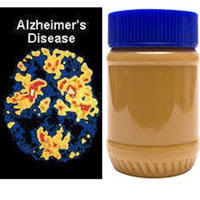
To get a definite diagnosis of Alzheimer’s requires an F18 brain scan, costing $3,000. Can the olfactory nerves’ ability to sense peanut butter offer an alternative Alzheimer’s test? It certainly seems accurate enough, at 1/1000th the cost!

WHEN DIAGNOSING DEMENTIA, NEUROLOGISTS KNOW that nothing is as important as spending time face-to-face. Understanding symptoms and clinical clues in exams are the critical aspects of neurology. Learn how America’s healthcare system holds up to this standard.

85-year-old Betty Wallwork was diagnosed with Alzheimer’s. But it wasn’t true. Find out why.
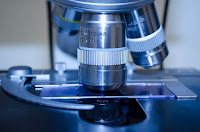
A new sensor has been developed that can detect Alzheimer’s more than a decade before symptoms appear. Learn more.

A certain protein in the blood can be used to predict the eventual appearance of Alzheimer’s. Will this allow for early intervention?

Fifty percent of people with Lewy Body Dementia said they were originally misdiagnosed with a type of dementia such as Alzheimer’s. Find out how LBD is exquisitely sensitive to certain medications, and why an early, accurate diagnosis is critical.

What are the six signs of early dementia, and how can Vitamin B1 help head it off? Dr. Eric Berg explains.

LEWY BODY DEMENTIA is the second most common dementia as well as dementia’s most misdiagnosed type. Yet diagnosing it correctly is crucial for proper treatment. Learn about the 2 types of LBD, as well as types of dementia for which doctors mistake it.

VIDEO & ARTICLE – CARE TIPS:
This season is filled with family and friends, laughter and reminiscing. Learn ways to prevent dementia’s stress, frustration, and loneliness. Fill the holiday with joy.
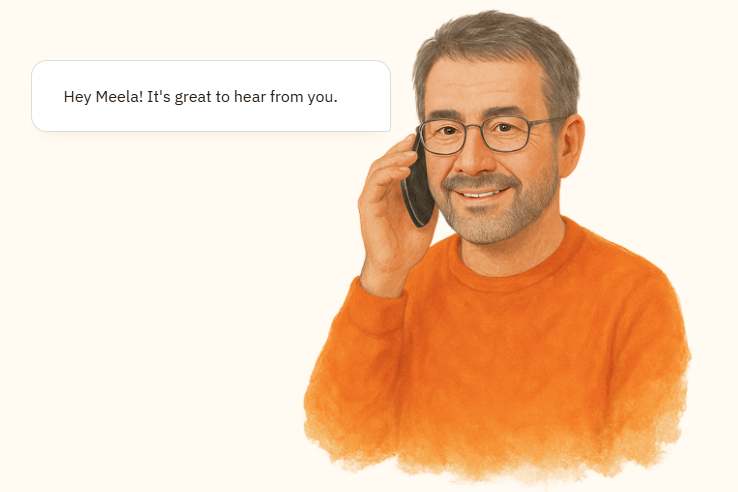
A simple voice-based AI companion is offering gentle conversation and emotional support for people living with Alzheimer’s and dementia — no apps, no screens, and no tech skills required.

A twice-daily pill called ALZ-801 brings new hope to high-genetic-risk Alzheimer’s. Early findings suggest meaningful slowing of decline, stronger safety, and brain structure protection.

It is one of the most beautiful Compensations of this life thatNo man can sincerely try to help anotherWithout helping himself.
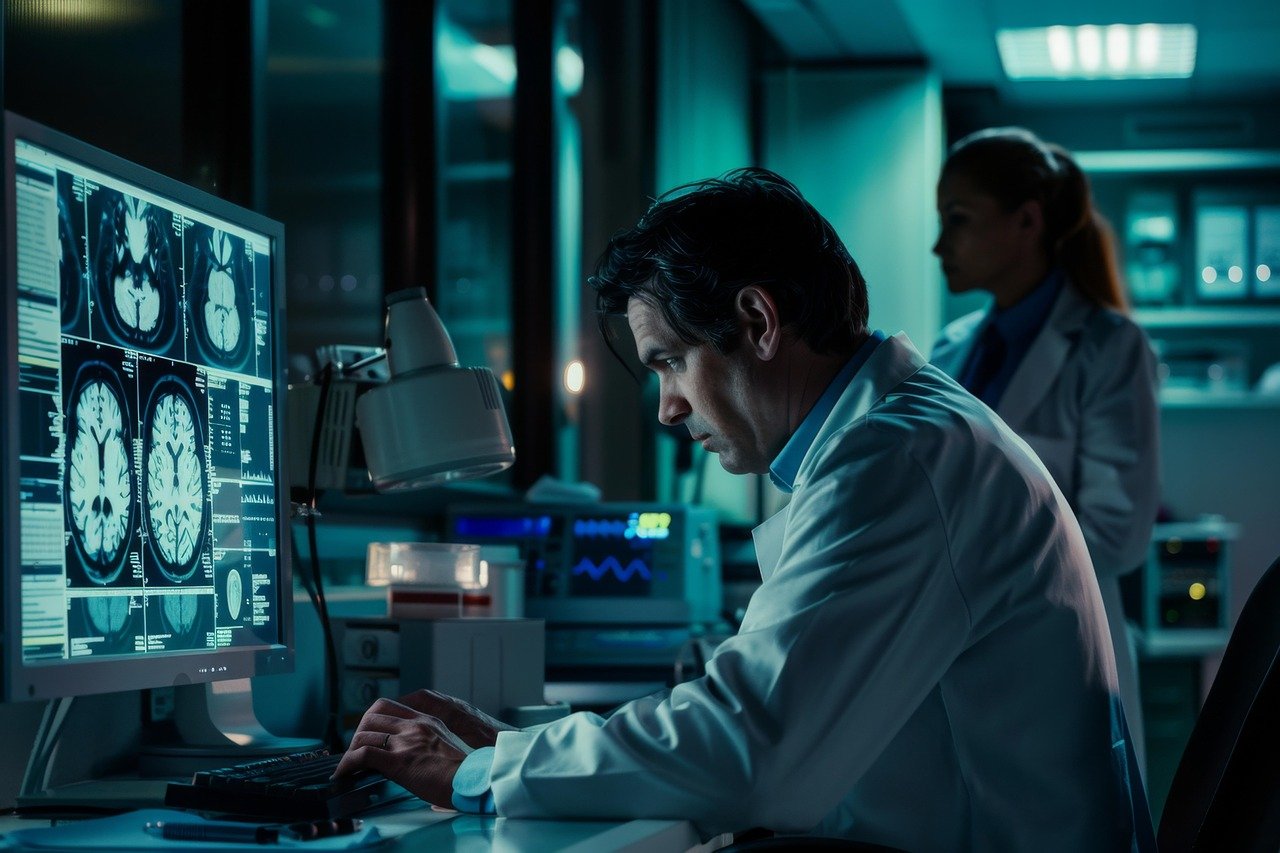
What are the early symptoms of Alzheimer’s? When to get a professional evaluation.

SHORT-TERM MEMORY lapses are obvious signs of Alzheimer’s, but other tell-tale signals begin to show much earlier. Learn how to look for semantic impairments, such as simple questions about size.

Three important dementia studies focus on HS-AGING, a type of dementia almost as common as Alzheimer’s in the 85+ group. Yet few people have heard of it. Why? What makes it different?
No spam, only news and updates.


